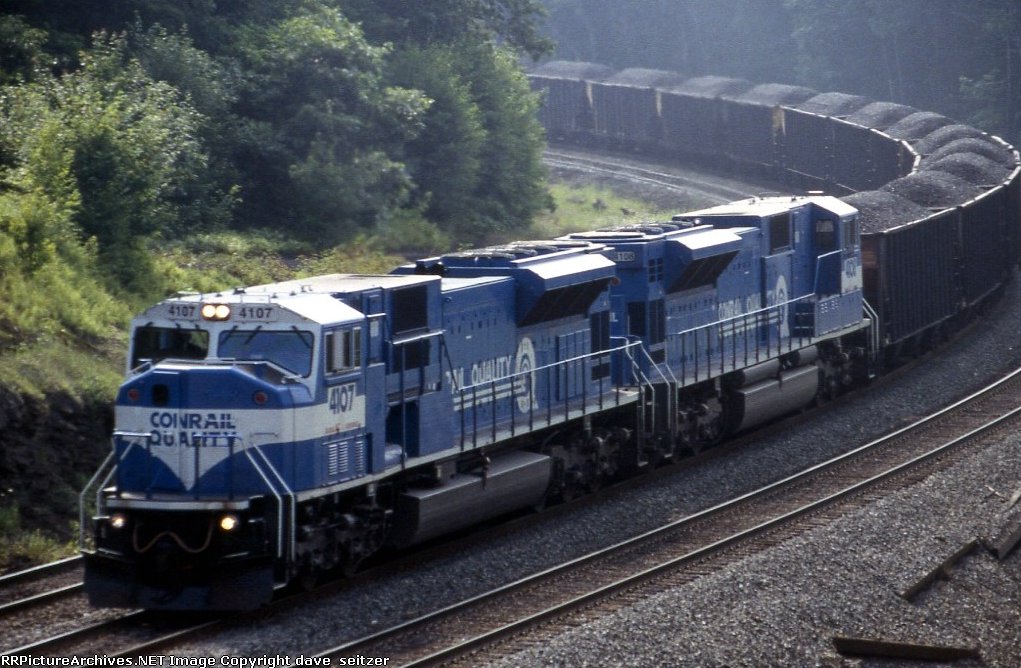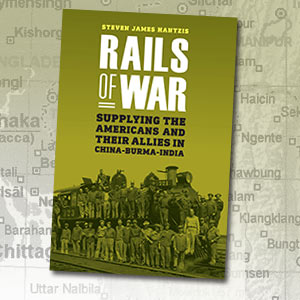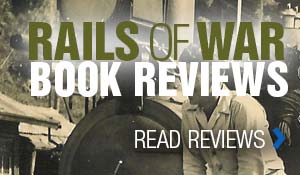Local Knowledge
Anticipating two days of gritty talk at the upcoming Amherst Railway Society Railroad Hobby Show, I’m posting this first-hand, railroad-lingo-laden account from my long-ago operating career. — Photo credit Dave Seitzer.
Railroading is like boating. To do either safely requires “local knowledge,” knowledge of details that don’t show up on nautical charts or in railroad timetables. For instance, our house in Maine is on a back channel of the Sheepscot River, and some electronic nautical charts don’t show the depth soundings or the channel. That can be a problem for an inexperienced boater. My friend, Andy, had just such a problem in his converted tugboat, Loon, on his way back to his mooring at the Boothbay Harbor Yacht Club after a raft-up at Ovens Mouth. But Andy, an experienced and qualified mariner used his local knowledge and followed the lobster trawl buoys since they are usually in deep water. Hence, local knowledge kept Andy from grounding on one of Back River’s prolific mud flats known for their excellent clamming. Where to buy those clams also qualifies as local knowledge.
Railroading requires local knowledge even though you’re unlikely to ground a locomotive on a mud flat. Still, you need to know other things like what direction cars roll on a given track or yard or what switch you double dogged because it tends to leave a gap at the points. There are a million details you need to know.
Between Indianapolis and Petersburg, Indiana is a 125-mile section of track, part of the old Indianapolis & Vincennes Branch of the Pennsylvania Railroad. Along it, move empties southbound to Ashby Yard in Petersburg and cars full of fossil fuel northbound to the Indianapolis Power and Light Harding Street Plant. At least, that’s the way things worked, circa 1974-86. Indianapolis could be all solar by now; I don’t know.
The Petersburg line was slow, and the jobs that worked it dispatched at night. When you “marked-up” on the job you would usually work 12-hours and “die” somewhere past Washington, Indiana. To a railroader, the term die means to run out of operating time. 49 U.S. Code § 21103 says that operating craft employees are limited to 12-hours on duty unless it’s an emergency. When your 12-hours expire, you park the train, and the railroad sends a “cab” to take you to your terminus, and the dispatcher calls a fresh crew to finish the job. On the Petersburg job, the terminus was a cinderblock bunkhouse only feet from the switching lead in Ashby Yard.
Sleeping in a cinderblock bunkhouse during the day, in a well-used bunkbed, with a first-trick yard crew switching coal cars just outside, requires getting used to. I never did. Free-rolling hopper cars coupling together register somewhere between jet engine and jackhammer noise. When the first-trick yard crew finished, around 4:00 p.m., the “rested” road crew got the call to take the train north.
The northbound job left Ashby Yard around 6:00 p.m. The railroad was slow, and the train would cross the East Fork of White River in about an hour. Once over the river, we entered turkey farm country outside of Washington. Acres and acres and miles and miles of dirty white turkeys. With luck, the train was upwind.
The town of Spencer, about sixty miles north of Washington, had special railroad rules. Lots of local knowledge. Spencer is the county seat of Owen County named for Abraham Owen, a colonel who died at the 1811 Battle of Tippecanoe. But, don’t confuse Spencer with Spencer County named for Captain Spier Spencer, also killed at the Battle of Tippecanoe.
Spencer the town and Owen County seat has an old limestone courthouse like many Indiana counties. It’s a tidy building set on a block of well-tended lawn with the town’s main streets bordering its four sides. Unlike other courthouses, it has a railroad running right along its northern border, alongside Franklin Street.
Special rules in Spencer held that a coal train rumbling through town couldn’t blow its whistle. The locals didn’t want commerce to disturb the peace of their bucolic utopia. Fair enough. But, there were no railroad traffic control signals, no gates that block traffic on the intersecting streets. So, it was decreed that trains must go slow clanging the locomotive bell all the way. It was further decided that the head brakeman must dismount from the front of the engine, run ahead of the train, and drop lighted fusees into the intersections for people who had difficulty seeing a 120-car coal train passing through at walking speed. That was my job.
Local knowledge, or lore, holds that one time on a northbound trip a logging truck tried to beat the train across the intersection on the northwestern corner of the courthouse. The logger didn’t make it. The lumbering coal train T-boned the trailer pushing it like a bulldozer blade. The accident happened in slow motion since the train was only moving at a walking speed. No one was hurt, not even the local police officer manning the flimsy cop shack on the courthouse lawn that was swept along with parked cars, pick-up trucks, and other unlucky detritus. Local knowledge can be entertaining as well as instructive.
Indianapolis is another fifty-five miles northeast of Spencer. There, we switched out the Harding Street power plant and continued to the Big Four Yards in Avon. To get to Avon the train negotiated a ‘Y’ intersection just north of Morris Street. The ‘Y’ was usually lined in the west direction, the correct alignment, but you had to be careful because sometimes a yard crew would use the east route to get into the Chrysler foundry and not reline the switch. Again, the train moved very slowly along this track.
Near the ‘Y’ junction, and I mean right alongside, was “The Little Spot Tavern,” also known as “The Spot.” The Spot was a rickety shack with a decor that mimicked the inside of a well-traveled 42-foot semi-trailer. The furnishing fit its clientele smartly because everyone who frequented The Spot had just clocked-out or were getting ready to clock-in at one of the dozens of truck docks on West Morris Street. I don’t think the place ever closed.
As a low-seniority brakeman-conductor, I was “cut-off” or furloughed when business was slow. My employment fallback was to activate my Teamsters Local 135 membership and work “casual” on union truck docks. I would visit The Spot with my friend Jeff after working the third trick at McClean Trucking Company. Around 7:30 a.m. The Spot was buzzing; loud talk, political arguments, canned beer, profanity, and occasionally, falling-down-drunk patrons. And, as was the custom, wisenheimers who weren’t yet falling-down-drunk, might carry their passed out buddy to the railroad and leave him on the track for what I presume was a joke.
As a diligent, if sleep-deprived head brakeman, I checked for two operational concerns when the train approached the ‘Y.’ First, was there a drunk on the track? And secondly, was the switch lined to the west? Of these two matters, my Conrail timetable covered only the switch. The other was local knowledge. – © 2018 Steven James Hantzis





